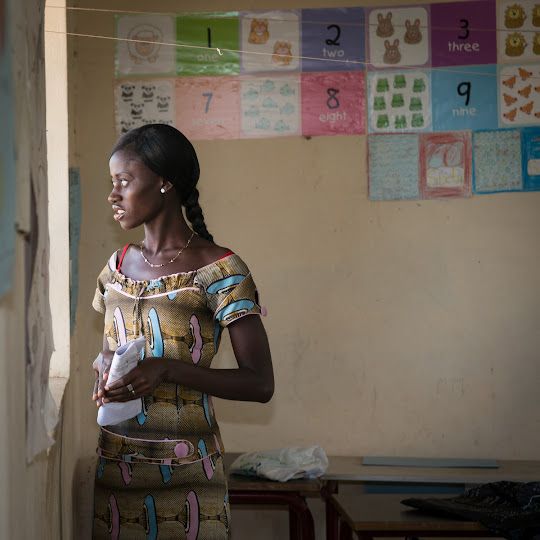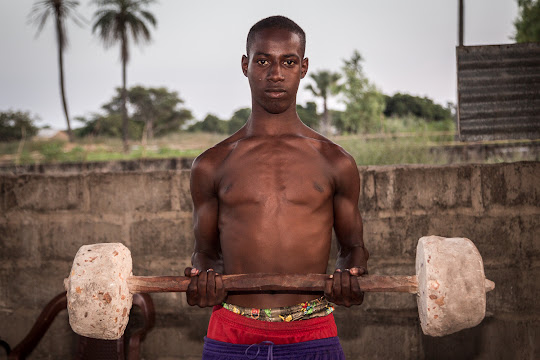http://www.npg.org.uk/photoprize1/site13/index.php
 |
| Citizens of Porto Novo, Leonce Agbodjelou |
In his review of the show
Blogger Lewis Bush laments that he 'didn’t see a single photograph which challenged my idea of what a portrait should or could be’. In the month that
selfie is crowned word of the year I have some sympathy for his view. One might be forgiven for thinking that the austere guardians of the NPG show, and the photographic establishment, are defending their position here. Grayson Perry recently, with tongue in cheek, announced ‘you have to be an artist to make art’. Is the NPG’s definition similar ? Do you have to be a photographer to make photographs ? While there is no expectation here for the curators to trawl Facebook in the hope of finding a seminal portrait, it seems odd that in the time of mass democratisation of photography that only the professional elite can make worthy imagery.
This critique should not, however, should not be seem as a criticism of the work on show - it is certainly well worth the trip to see how the professional’s do it. The show has a uniformity - a style if you like that gives it a
whole (this is not a series of snaps, but a collection that’s almost themed). They are mostly colour; mostly full focus; mostly full body (not cropped); and mostly posed. The portraits are conservative in a good way - this is no freak show and its not sensationalist and at times we can soberly connect with that special moment between sitter and photographer. I enjoyed the show so much I bought the book (which, incidentally, while excellent, sadly lacks the contextualising foot notes for the majority of the shots - a significant flaw).
Some highlights for me include …


























